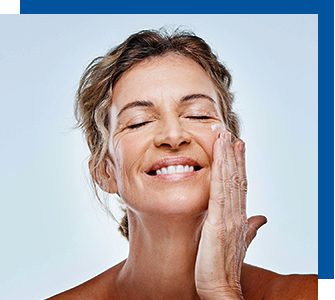Menu
The best-known and most effective advice for preserving the good health applies perfectly to reducing your risk of lymphedema.
Keeping your body in motion is good for your physical and psychological health. Leading Canadian health authorities and the World Health Organization recommend 150 minutes of activity per week. If you’re new to exercise, take it slowly and at your own pace. Make deep breathing part of your daily routine.
By contracting muscles and promoting blood circulation, physical activity and deep breathing stimulate lymphatic drainage and alternative lymphatic pathways.

Studies have shown that being obese is a risk factor for developing lymphedema. Try to maintain a healthy weight. Gradually lose excess weight (BMI 25 and over) or maintain a healthy weight (BMI 18.5 to 25) by adopting a healthy diet and active lifestyle. For help, follow Canada’s Food Guide or consult a nutritionist.
Adipose tissue (i.e., body fat) accumulation can have a negative impact on your lymphatic system.
Too much exposure to the sun’s rays is harmful to the skin and can even lead to cancers such as carcinoma and melanoma.
By preventing sunburn, you avoid overtaxing your lymphatic system.

To make sure you’re doing the right thing without making life unnecessarily complicated, consult a lymphedema professional.
The Lymphedema Association of Québec provides support, education, and awareness to people living with lymphedema, as well as their families, friends, and healthcare professionals. We provide information and educate about lymphedema and its causes, risk reduction, and treatments for this chronic disease, and encourage scientific research leading to a cure.
Lymphedema Association of Québec
Therapeutic Support Program
1 866 979-2463
514 979-2463
Mailing address
CP 152, Bureau Chef Branch,
Saint-Hyacinthe,
QC, J2S 7B4
Telephone
1 866 979-2463 / 514 979-2463
Email
aql@infolympho.ca
Website
www.infolympho.ca
© 2023 Lymphedema Association of Québec. All rights reserved. | Credits